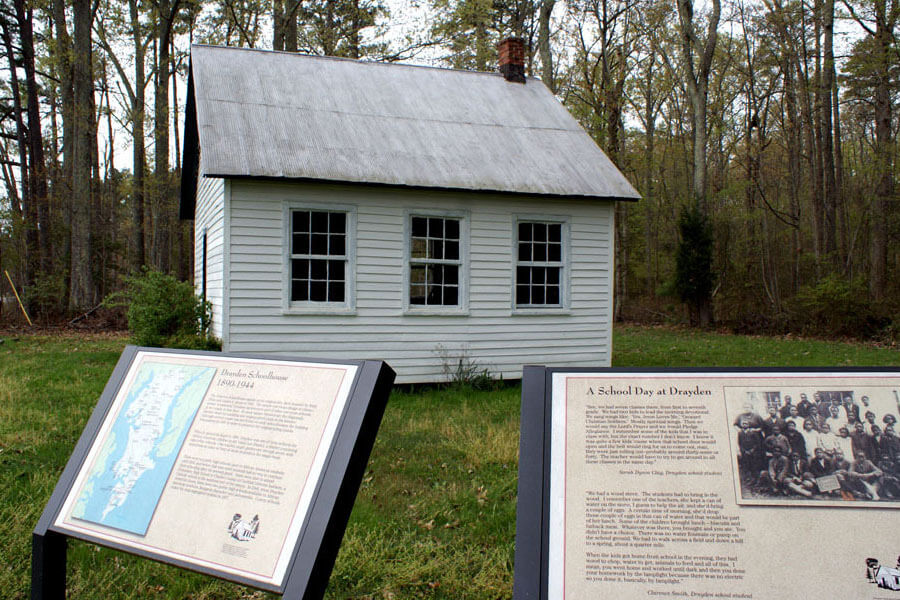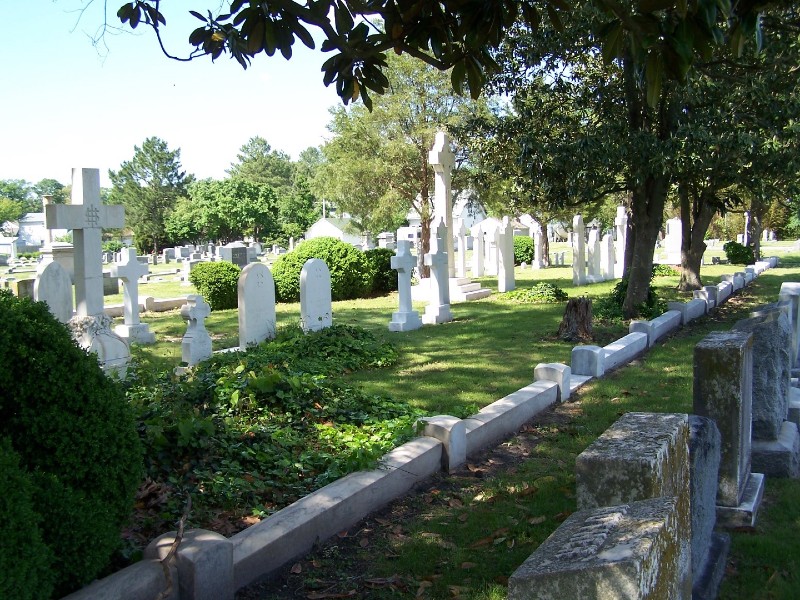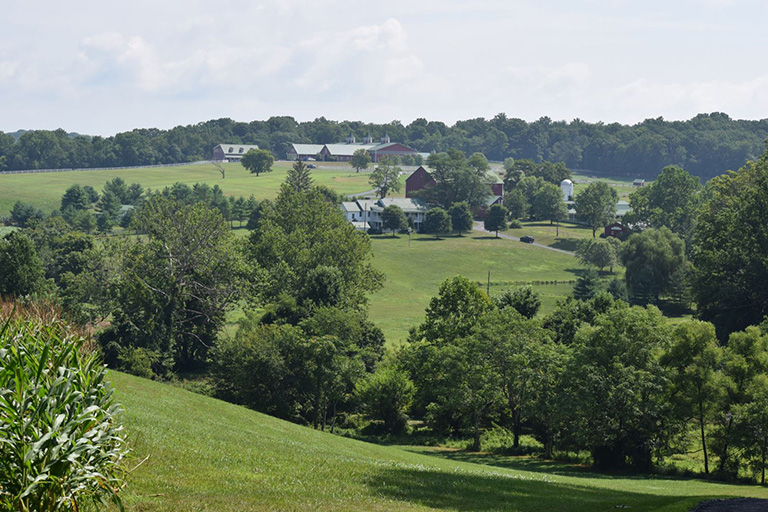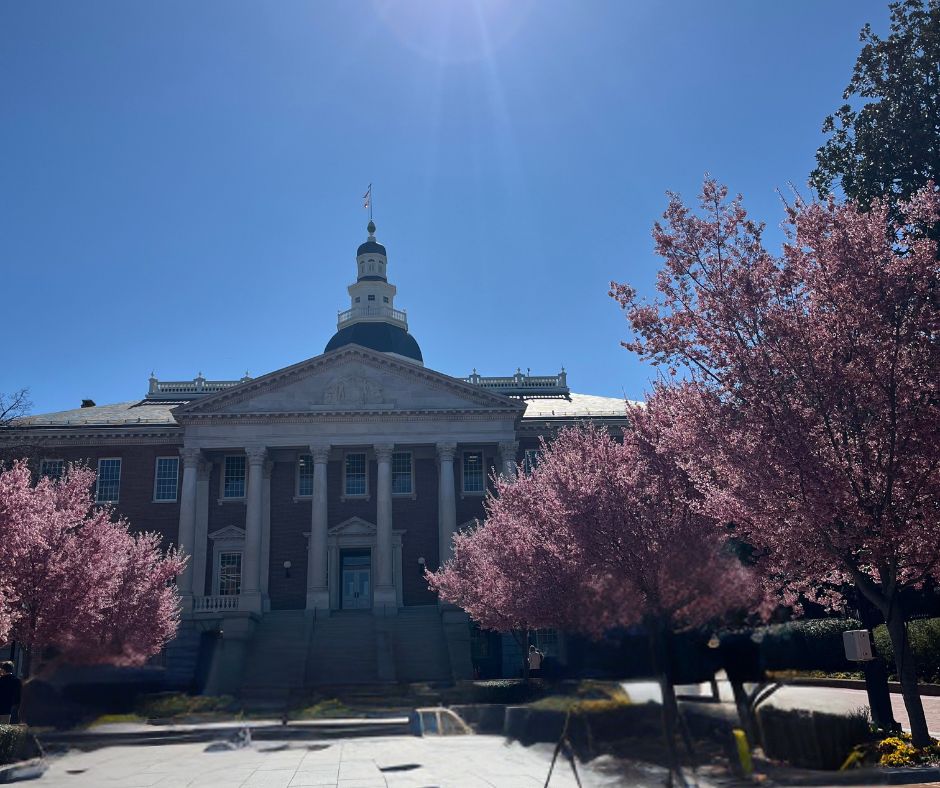In what can only be characterized as one of the most challenging and contentious legislative sessions in recent memory, the fate of many key preservation initiatives remained uncertain until nearly the final moments of the term. In the end, preservation and history scored several major wins. The following victories now await the governor’s signature:

PASSED: SB980 Maryland Heritage Area Authority Funding
Preservation Maryland called this out as “must-pass” legislation for 2025 – and its passage provides the governor with the authority to provide the Heritage Area program up to $12 Million annually – a dramatic doubling of the overall appropriation, if the governor decides to include the funds in future years’ budgets. Additionally, the legislation will provide larger grants for operating local heritage areas, increased grant funding for projects, and increase the percentage a grant can cover of a project. It is a win, win, win and is poised to make significant impacts for years to come.

PASSED: HB717 Public Lands – Acquisition, Staffing, Operations, and Funding
This legislation will provide more flexibility for use of state and local land acquisition funds, authorize the creation of private philanthropic partners for our public lands – and their historic resources – and will help the state better plan for the employees they’ll need to manage new lands. Given Preservation Maryland’s growing partnership with the MD Department of Natural Resources, the success of this legislation was another major organizational priority.

PASSED: SB354 Establishment of Maryland Inventory of Cemeteries and Burial Sites Workgroup
This important bill will impanel a workgroup, including a representative of Preservation Maryland, to report on how best to monitor and inventory historic cemeteries across the state – a critical need for identification of historic cemeteries and prioritizing investment in preservation.
PASSED: SB436 Maryland Department of Labor – Study on Building Code Requirements for Single-Staircase Buildings
This smart growth legislation requires the Maryland Department of Labor to study building code requirements for single-staircase buildings in Maryland and that of other states and analyze best practices when drafting building code requirements. Preservation Maryland is supportive of this legislation as it appears poised to pave the way for updated building code requirements for single-staircase buildings in Maryland. These structures, which are disproportionately historic in age, could provide a source of affordable housing if updates to the building code are made, consistent with the highest levels of life safety. Their rehabilitation also provides great opportunities for reuse rather than continued sprawl.
PASSED: SB127/HB300 Reimbursement of Indirect Costs
This legislation increases the rate at which nonprofit organizations receiving State-funded grants or contracts may be reimbursed for indirect costs from 10% to 15%, a major victory for nonprofits broadly. This matches the new federal indirect rate, which is now 15%.
Why is this necessary? First, and foremost, running a nonprofit requires support – and not just for the projects themselves, but for the organization which makes the project possible. Second, aligning Maryland’s indirect rate to the federal rate would simplify nonprofit budgeting and planning when approaching a project with joint federal and state funding, which many large preservation capital projects include.

PASSED: HB535 Abandoned and Neglected Cemeteries Fund – Establishment
This bill establishes a new Abandoned and Neglected Cemeteries Fund to provide for the care, preservation, maintenance, and restoration of abandoned and neglected cemeteries in the State and authorizes (but does not require) the Governor to include an appropriation of $250,000 to the fund. Though not funded, it is a major step forward for these important, historic cemeteries.

PASSED: HB1228 Montgomery County Agricultural Reserve Study
This legislation will enable the Maryland Department of Commerce to study the tourist and visitor economy of the Montgomery County Agricultural Reserve and report its findings to the members of the Montgomery County Delegation. It also requires the Department to make recommendations regarding policies and programs that can help promote and preserve the Montgomery County Agricultural Reserve and better support the small businesses, recreation sites, and historic sites that depend on the visitor and tourist economy. With a high concentration of historic properties, the reserve is a crown jewel for the state and more data on how to support its long-term sustainability is a positive next step.
Budget Actions & Impacts
In addition to broad and sweeping legislative successes in the general assembly, the budget of the state also included many key victories for preservation priorities – including:
- A major reduction in the proposed full cut of Program Open Space until nearly the end of the decade to a far more modest $25 million reduction annually, spread across several program areas,
- $300,000 in new funds for the state’s long unfunded Museum Assistance Program (MAP),
- Increased support for the Maryland Center for History and Culture,
- $20,000,000 for the Historic Revitalization Tax Credit, a reduction compared to FY24, but continued support in a challenging budget environment,
- Continued, robust support for the MD Department of Housing and Community Development’s community redevelopment and investment programs and Main Street communities,
- Continued support of $5 million in capital funds to the African American Heritage Preservation Program,
- Numerous legislative bond initiatives that will support historic preservation capital projects – from a rehabilitation of the Ellicott City Jail to the Glen Echo Park Spanish Ballroom Renovation and many, many more.
What Didn’t Pass?
Many legislative initiatives fell by the wayside over the course of the 90-day session or were severely curtailed – especially when it came to funding. Key cemetery bills, for example, lost mandated funding or the ability to create funding streams through income tax return check-off boxes. A proposed fund to be managed for the Maryland Commission on Indian Affairs also stalled as the budget deficit grew. Additionally, many legislative bond initiatives were reduced or limited by the broad budget challenges.
Additionally, many smart growth initiatives were curtailed or failed to pass entirely, including the SB430/HB503 Regional Housing Infrastructure Gap (Housing for Jobs Act). This legislation would have established a new, regional framework for aligning housing opportunities (and creation) with available jobs – and required that counties and municipal governments where there is a deficit of housing may only deny housing projects – whether infill or rehabilitation – using objective development standards. From the perspective of growing smarter, this legislation would have been positive for the state’s communities working to address the housing crisis, but failed and will have to be revisited again next year as is so often the case.
What Else Passed?
In addition to what didn’t pass – there were several pieces of concerning legislation that did receive support – including several energy bills which seem poised to severely limit local oversight of commercial-scale solar on agricultural lands and development of new power plants. The result of these new policies will remain unknown and untested until projects begin to be proposed and built as a result but will be closely followed by Preservation Maryland and could result in future legislation that would attempt to better balance the state’s need for energy with the value of cultural landscapes, open space and farms.
Proud of These Victories?
If you’ve made it through this update – and are proud of the work we’ve done as a statewide organization to manage and facilitate many aspects of this success, please consider making a gift to our advocacy fund and pay it forward! Make a gift of $20.25 (or $200.25) and send us a signal that you understand the value of preservation advocacy.
Sign up for Updates
Get the latest updates and news from Annapolis and beyond by signing up for our e-newsletter here.

